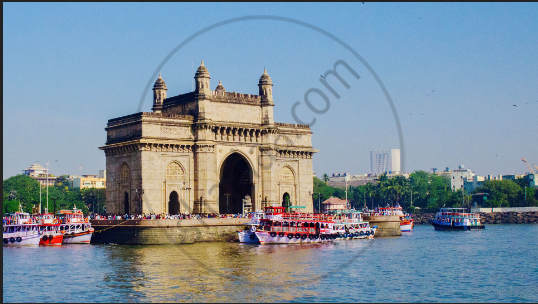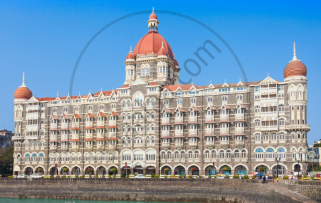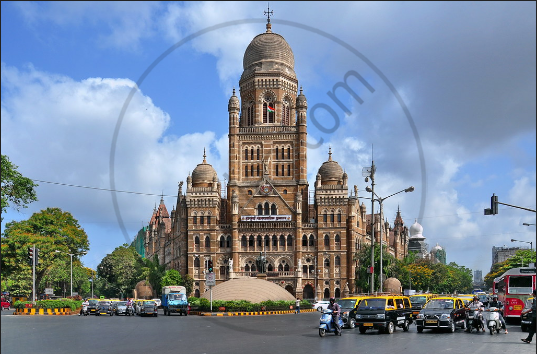Topics
Historiography : Development in the West
History : Applied History
Working of the Constitution
Historiography : Indian Tradition
The Electoral Process
Political Science : Working of the Indian Constitution
Applied History
Political Parties
History of Indian Arts
- What is ‘Art’?
- Indian Traditions of Visual Arts (Drik Kala): Painting
- Prehistoric Paintings
- Mural Paintings and Cave Painting
- Folk Styles of Paintings
- Classical Styles of Painting
- Miniature Paintings in Manuscripts
- Modern Indian Paintings
- Indian Traditions of Visual Arts (Drik Kala): Sculpture Art
- Indus Civilization Sculpture
- Folk Styles of Sculptural Art
- Classical Styles of Sculptural Art
- Indian Iconography
- Indian Traditions of Visual Arts (Drik Kala): Architecture and Sculpture
- Rock-cut Architecture
- Temple Architecture
- Indo-Islamic Architecture
- Indo-Gothic architecture
- Indian Traditions of Performing Arts
- Indian Theatre
- Indian Music
- Indian Dance
- Present Scenario of the Performing Arts
- Art, Applied Art, and Professional Opportunities
Social and Political Movements
- Movement
- Important Movements in India
- Tribal Movement
- Farmers Movement
- Worker's Movements
- Women’s Movement
- Environment Movements
- Consumer Movement
Mass Media and History
Challenges Faced by Indian Democracy
Entertainment and History
Sports and History
Tourism and History
Heritage Management
History - Imperialism
History - 20th Century Age of conflict
History - Emancipation of Asia and Africa
History - World after World War 2
Political Science
Geographical discoveries and colonization
- Concept for Geographical Discoveries and Colonization
Africa
- Imperialism - Africa
Asia: India, China, Japan
- Concept for Asia: India, China, Japan
Dictatorships in Europe, Second World War and world
- Concept on Dictatorships in Europe
- Concept for Second World War and World
First world war
- Concept on First World War
The League of Nations
- Concept for the League of Nations
Russian Revolution
- Concept for Russian Revolution
United Nations Organization
- Concept for United Nations Organization
Africa
- Emancipation of Africa
Asia
- Emancipation of Asia
Globalization
- Globalization After World War II
Scientific and Technological Progress
- Scientific and Technological Progress After World War II
Cold war
- Formation of the Cold War
Social Diversity and Democracy
- Social Diversity
- Coccept for Caste/Race and Democracy
- Concept for Language and Democracy
- Cocnept for Religion and Democracy
- Concept for Gender and Democracy
- Concept for Democracy and Diversity
Challenges to Democracy Remedial Measures to the Challenges
- Concept for Challenges to Democracy Remedial Measures to the Challenges
Internal work
Democracy
- Democracy - Meaning, Types and Characteristics
Political Parties and Types
- Political Parties
- Importance of Political Parties
- Major National and Regional Parties in India/ Types of Political Parties
Notes
Indo-Gothic architecture:
- In India, a new architectural style emerged during the British era. First, with Mughal influence, the Gothic revival was introduced to colonial constructions, giving birth to the Indo-British style. The architectural style is referred to as Indo-Gothic.
- The buildings and monuments saw a mix of Indian (Mughal) styles, Victorian, Gothic, Palladian, Victorian Gothic, Baroque, and other styles.
- The Victorian Gothic architecture thus was basically a hotch-potch of early European styles mixed with the introduction of Middle East and Asian influences. This monument represents the themes deriving from Indian traditional architecture. This was the beginning of the Indo-gothic or Indo-Saracenic revival.
- During the British era, structures like churches, government buildings, executive mansions, and railroad stations were constructed in this style.
Three remarkable styles adopted in the British era were:
- Gothic
- Palladian
- Victorian Gothic
Prominent Features:
- The Indo-Saracenic features stand apart; they are: Minarets, Harem Windows, Open Pavilions, Pierced Open Arcading, Domed Kiosks, Many Miniature Domes, or Domed Chhatris, Towers impressive Onion (Bulbous) Domes Overhanging Eaves, Pointed Arches, Cusped Arches, or Scalloped Arches Vaulted Roofs. colonnaded balcony, Chattris & Chajjas in red sandstone.
Examples of Indo-Gothic Architecture:
|
Chhatrapati Shivaji Terminus (CST) |
1. Chhatrapati Shivaji Terminus (CST):
|
|
Gateway of India |
2. Gateway of India
|
|
Taj Mahal Palace Hotel
|
3. Taj Mahal Palace Hotel:
|
|
Municipal Corporation Building |
4. Municipal Corporation Building:
|
If you would like to contribute notes or other learning material, please submit them using the button below.




